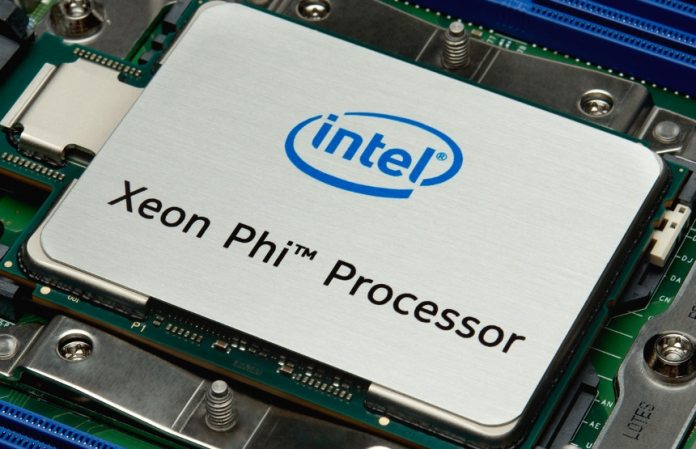The planned alternative platform will most probably be the mortal blow for Intel´s Xeon Phi Knights Hill, which should have been a 10-nanometer 2018-successor of the current Xeon Phi 7200 “Knights Landing” of the 14nm-class. Whether this new microarchitecture for exascale supercomputers has something to do with Intel’s new GPU plans, for which Intel hired former AMD Radeon boss Raja Koduri, is still unclear. The chipmaker is apparently determined not to reveal any further details about the coming accelerators at this stage. But they say that it will be just one of several building blocks of a new Exascale platform that should arrive “in three to four years”.
Partnership with Cray
In cooperation with Cray, Intel has committed to deliver a new “Aurora supercomputer” with Exaflops-performance to the Argonne National Laboratory (ANL) by 2021/2022. Aurora, as a 180-PFlops system, was supposed to be equipped with Xeon Phi KNH as early as 2018 and is part of the Exascale-Initiative, which is supposed to keep the USA’s backlog on Exaflops computers from getting too far behind China. China is said to enter Exaflops-territory with their Tianhe-3 as early as 2018, but full expansion is not scheduled to start until 2020. Intel´s and Cray´s Aurora will be part of the more than 400 million US-dollar huge CORAL project of the US nuclear research centers, the Collaboration of Oak Ridge, Argonne and Livermore (CORAL) for an Exaflops HPC system. CORAL was planned with three systems, not including Aurora at the ANL, the Power9/Tesla machines Sierra at the LLNL, and Summit at the ORNL. Competitors like IBM and Nvidia are getting under pressure by Intel´s move with their Sequoia-project. Sequoia is a BlueGene/Q system from IBM, whose chief developer Al Gara was hired by Intel back in 2011. Gara also writes online about his work, but so far did not reveal anything new about the upcoming Exascale platform.

